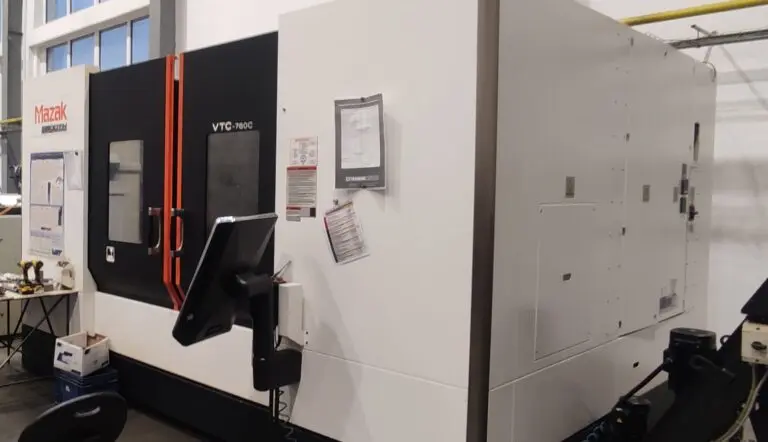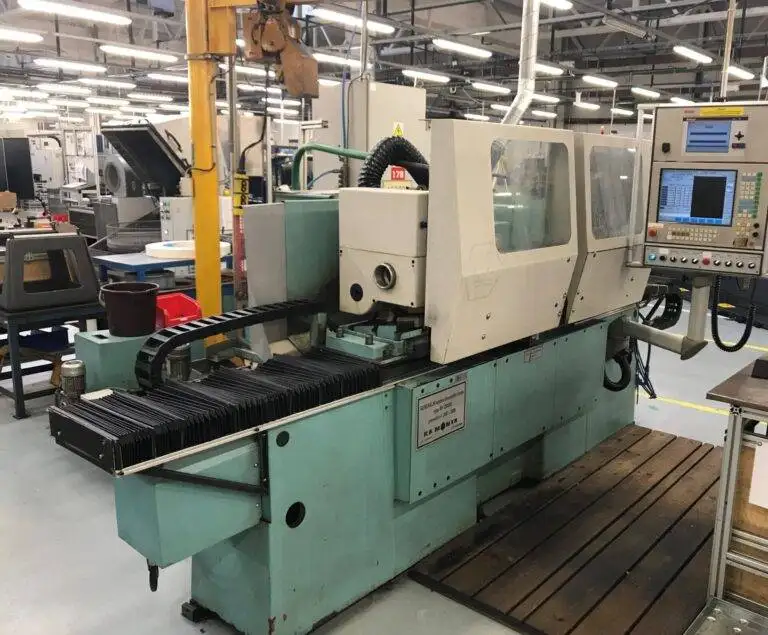Automation in Manufacturing Operations
The manufacturing industry is constantly evolving, with new technologies and processes being introduced all the time. One of the most significant changes in recent years has been the adoption of automation in manufacturing operations. Automation can help to improve efficiency, reduce costs, and enhance overall productivity. In this article, we’ll take a closer look at how automation is being used in manufacturing operations today.
What is Automation in Manufacturing?
Automation in manufacturing refers to the use of machines and software to perform tasks that were previously done manually. This can include everything from assembly line processes to quality control inspections. Automation can be used to perform repetitive tasks, improve accuracy, and increase speed. It can also be used to reduce waste, improve safety, and enhance the overall quality of products.
Benefits of Automation in Manufacturing
There are many benefits to using automation in manufacturing operations. Some of the key benefits include:
- Increased Efficiency: Automation can help to streamline processes and improve efficiency. By automating repetitive tasks, manufacturers can speed up production and reduce the amount of time it takes to complete a project.
- Reduced Costs: Automation can help to reduce labor costs, as machines can perform tasks that would otherwise require human workers. This can lead to significant cost savings over time.
- Improved Quality: Automation can help to improve the quality of products by reducing errors and improving consistency. Machines can perform tasks with greater precision, which can lead to better products overall.
- Increased Safety: Automation can help to improve safety in the workplace by reducing the need for workers to perform dangerous tasks. Machines can perform tasks that are too dangerous for humans, which can help to reduce accidents and injuries.
- Increased Productivity: Automation can help to increase productivity by allowing workers to focus on tasks that require human intelligence and creativity. This can lead to more innovative products and better overall performance.
Examples of Automation in Manufacturing
There are many examples of automation in manufacturing operations today. Some of the most common include:
- Assembly Line Robots: Robots can be used to perform repetitive tasks on assembly lines, such as welding or painting. This can help to speed up production and reduce the need for human workers.
- Quality Control Inspection Systems: Automated inspection systems can be used to check products for defects or inconsistencies. This can help to improve the overall quality of products and reduce waste.
- Inventory Management Systems: Automated inventory management systems can help to track and manage inventory levels, as well as order supplies when needed. This can help to reduce waste and improve overall efficiency.
- Packaging and Shipping Systems: Automated packaging and shipping systems can help to speed up the packaging and shipping process, reducing the time it takes to get products to customers.
Challenges of Automation in Manufacturing
While there are many benefits to using automation in manufacturing operations, there are also some challenges that need to be considered. Some of the key challenges include:
- Cost: Implementing automation can be expensive, and it may not be feasible for all manufacturers to make the investment.
- Integration: Integrating automation into existing manufacturing processes can be complex and time-consuming.
- Training: Workers may need to be trained to use new automation systems, which can be costly and time-consuming.
- Maintenance: Automated systems require regular maintenance to ensure they continue to function properly.
Conclusion
Automation is changing the face of manufacturing operations today. By automating repetitive tasks, improving efficiency, and enhancing overall productivity, manufacturers can stay competitive in an increasingly challenging market. While there are challenges to be considered, the benefits of automation in manufacturing are clear. It is an exciting time for the industry, and we can expect to see even more innovative uses of automation in the years to come.








You must be logged in to post a comment.